Call us: +975 77 75 42 22
PUNAKHA
Punakha valley is a 2-3 hour drive from Thimphu. On your way to Punakha, you will cross the Dochhula pass (3,140m) with a panoramic view of the beautiful snowcapped Himalayan range. The drive is very enjoyable with Rhodendrons blooming on either side of the road, lush green forests, sound of birds singing and a visit to the Royal Botanical Park on the way. Punakha is warmer than Thimphu or Paro with one of the most fertile land, producing organic crops, fruits and vegetables all year round. Once in Punakha you will see the magnificient Punakha Dzong, considered to be one of the most beautiful Dzongs in all of Bhutan, located alongside the Mo Chhu(Mother River) and the Pho Chhu(Father River). Guests often go for the white water rafting along the Dzong and spend the night in a camp,with bonfires and picnic, dancing to Bhutanese songs along with the locals. Punakha once served as the capital for over 300 years and coronation ceremony of the first King of Bhutan, His Majesty, Sir Ugyen Wangchuck was done here in 1907. Like most parts of Bhutan, Punakha is also home to quite a few prominent monasteries.
PUNAKHA DZONG
Punakha Dzong is built at the confluence of two major rivers in Bhutan, the Pho Chhu and Mo Chhu, which converge in this valley. In addition to its structural beauty, Punakha Dzong is notable for containing the preserved remains of Zhabdrung Ngawang Namgyal, the unifier of Bhutan as well as a sacred relic known as the Ranjung Karsapani. This relic is a self-created image of Avalokiteswara that miraculously emerged from the vertebrae of Tsangpa Gyarey, the founder of the Drukpa School when he was cremated. October 13, 2011 marked an unforgettable wedding of the King of Bhutan, Jigme Khesar Namgyel Wangchuck to Jetsun Pema which was held at Punakha Dzong. The annual Punakha Tshechu is also held here.
Punakha valley has a pleasant climate with warm winters and hot summers. It is located at an average elevation of 1200 m above sea level. Owing to the favorable climatic conditions, rice has become the main cash crop cultivated in the region.
WHITE WATER RAFTING
White Water Rafting and Kayaking
Although there are two rivers named Pho Chu (male) and Mo Chu (female) in Punakha, the latter one is widely preferred for first-timers, kids and elderly people. Mo Chu River is considered to be calmer, gentle with few currents and rapids. The rafting experience is a must have in Punakha, providing magnificent views of the Dzong, rivers and valleys surrounding it.
Rafting Stretch and Duration: 5.6 miles comprising of 10 rapids, 1.5 hours
SUSPENSION BRIDGE
This is the second-longest suspension bridge in Bhutan, Perched over the Mo Chhu and Pho Chhu (river) and is about 160-180 meters in length, connecting Punakha valley to the local villages nearby .The Bridge is covered with prayer flag offerings on both sides and makes a perfect spot photography.
CHIMI LHAKHANG
Also known as the “Fertility Temple”, it was built in the 15th century by Lama Drukpa Kunley who is popularly known as the ‘Divine Madman’.
The Tantric Buddhist saint is revered both in Tibet and in Bhutan, and known for his unorthodox way of teaching. Tales of his unorthodox methods of teaching are popular throughout town, and it is common to come across houses with paintings of phalluses on their walls for good luck.
It is also believed that during his extensive travel across the country, he advocated painting phallus on the wall of the houses to drive away evil spirits and raise harmony among the family members. While the cult’s popularity soared across the country, its center is traced back to this village, where a temple was built subsequently to honor the saint. The temple has the original symbol of phallus that the saint had brought from Tibet.
Known as the temple of fertility, childless couples make pilgrimages to the fertility temple where a Buddhist monk blesses them with a wooden phallus.
KHAMSUM YUENLEY LHAKHANG
This chorten (stupa) was built in 2004 by Her Majesty, the Queen Mother, Ashi Tshering Yangdon Wangchuck, in Nyizergang and is a thirty-minute walk uphill from the footbridge in Yepaisa Village.
It was built in accordance with the instructions of Lopon Sonam Zangpo, with the intention of bringing peace in the world and to clear obstacles for the country in particular.
Its exterior is in the form of a pagoda like stupa while the interior consists of four stories containing images of the deities of mandalas of Vajarakilaya.
